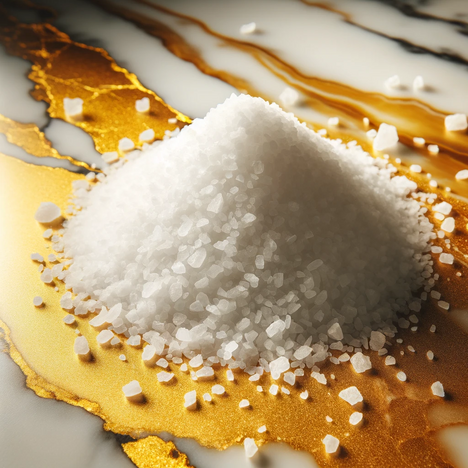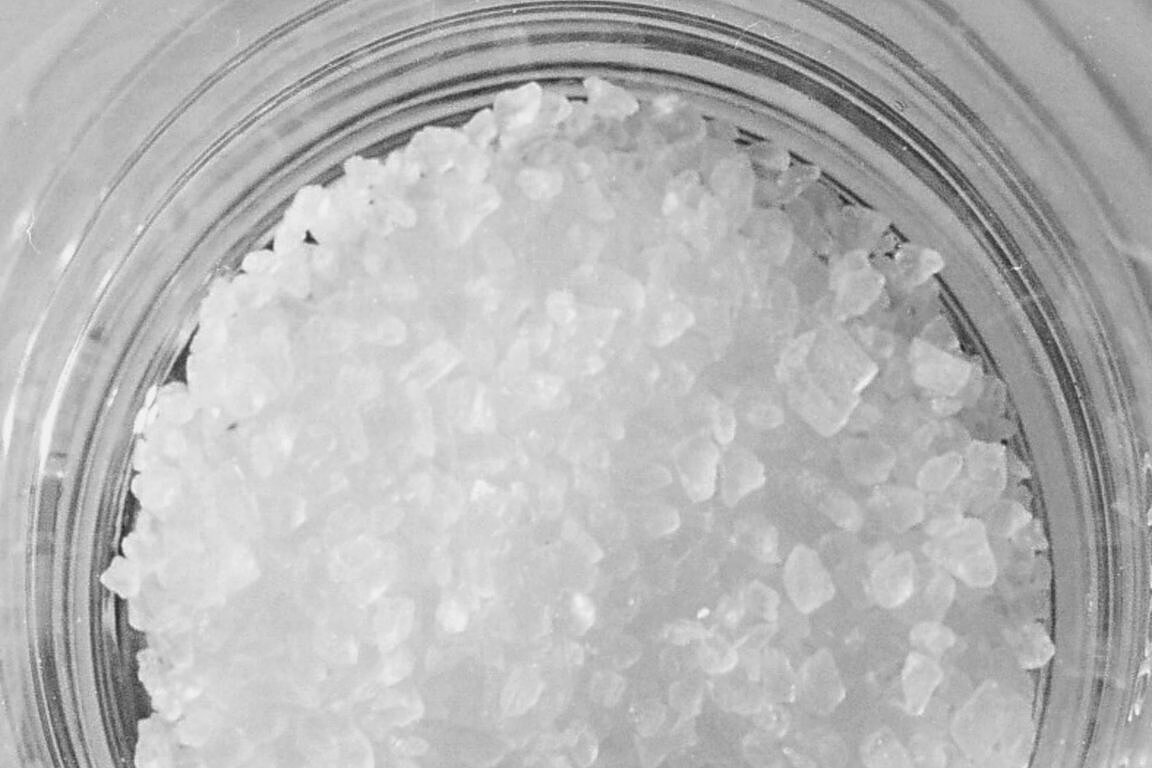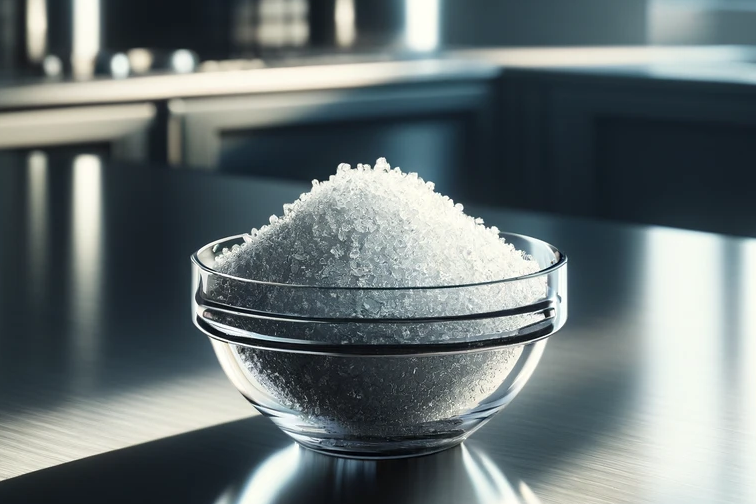Sodium diphosphate

Sodium diphosphate is a term that may appear on the ingredients lists of dog food, but is rarely in the spotlight. This salt, often inconspicuous yet important, plays a role in the diet of our four-legged friends. In this article, we uncover the secrets of sodium diphosphate - exploring what it is, examining its pros and cons and providing insight into how it can affect our dogs' health.
What is sodium diphosphate?
Sodium diphosphate, also known as disodium hydrogen phosphate (Na2HPO4), is a sodium salt of phosphoric acid. It is often used as a food additive, serving as an emulsifier, stabilizer and texture enhancer. It has similar applications in dog nutrition, but what exactly does this mean for your dog?
A double-edged sword in dog food
Benefits: Why it's used
Improving texture: Sodium diphosphate can help dog food have a more appealing texture, which in turn can improve the dog's acceptance of the food.
Shelf life: It acts as a preservative by inhibiting the growth of bacteria, which extends the shelf life of the food.
Nutrient absorption: In some cases, it can improve the availability of certain minerals in the food, which aids nutrient absorption.
Disadvantages and risks: What you should be aware of
Phosphorus loading: High consumption of phosphorus, especially when combined with an unbalanced calcium-phosphorus ratio, can lead to long-term health problems in dogs, including kidney problems and bone disorders.
Chemical additives: The use of chemical additives such as sodium diphosphate in dog diets is controversial. Natural alternatives are often considered preferable.
Sensitive dogs: Some dogs can be sensitive to additives, which can lead to digestive problems or allergic reactions.
Sodium diphosphate in balance: a question of dosage
Consider individual needs
The effects of sodium diphosphate vary depending on the dog's state of health, age and breed. What is unproblematic for one dog may lead to health challenges for another. It is important to consider your dog's individual needs and reactions.
Quality of the food
Not all dog food is the same. High quality food often contains better balanced ingredients and uses additives, including sodium diphosphate, in moderate amounts. It's worth reading the ingredients list carefully and choosing products that meet your dog's needs.
A critical look at the ingredients list
Sodium diphosphate is an example of how complex additives are used in dog nutrition. While it offers certain benefits, the potential drawbacks should not be underestimated. Making an informed decision about your dog's diet means taking a critical look at and understanding the ingredients in their food. In the world of dog food additives, knowledge is power - and that starts with a critical look at the ingredients list.
If you notice any signs of hypersensitivity or poisoning in your dog, you should see your vet immediately. We are not a substitute for a vet, but we try to be as accurate as possible. Every dog reacts differently and we recommend you get a second opinion or consult your vet if in doubt.
Stay healthy and take good care of your four-legged friend!😊
Similar to Sodium diphosphate
What is sodium tripolyphosphate? Sodium tripolyphosphate (STPP for short) is a salt of polyphosphoric acid that is used in the food and cosmetics industry as a preservative, thickening and...
Sodium hexametaphosphate (SHMP for short) is a salt consisting of six phosphate groups bonded to a sodium atom. It is used in the food industry as an emulsifier, stabilizer, preservative or acidity...
Sodium metaphosphate (NaPO3)n is a salt of metaphosphoric acid and belongs to the group of polyphosphates. It is widely used as an emulsifier, preservative and water softener in various industries,...
Potassium diphosphate (K2HPO4) is a potassium salt of diphosphoric acid and is used in the food industry as an emulsifier, stabilizer and moisture retainer. In dog nutrition, it is primarily used to...



